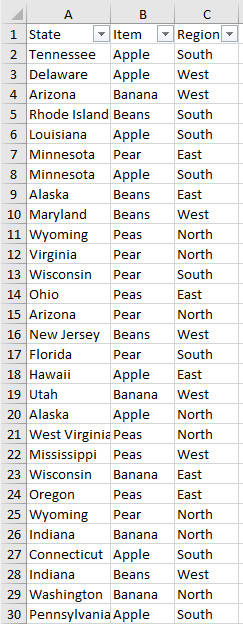An Overlooked PowerShell Module For Generating Data
Introduction
This is a two part series about the PowerShell NameIT module, published on the PowerShell Gallery. Chris Hunt, co-contributor, has a companion post on his blog AutomatedOps.
I came across a GitHub repo where Mitch Denny created a tool that is a simple tool to generate names and check them for availability. He wrote it in TypeScript and I was interested because of the template language he built to interact with the tool.
So, I ported it to PowerShell, Chris jumped on it and we just continued to add features.
Note : You can get up and running with it like this.
Find-Module nameit
Find-Module nameit | Install-Module
Invoke-Generate
Invoke-Generate is also aliased to ig.
Creating PowerShell Objects from Custom Data
Using a PowerShell hashtable, you create key value pairs. The key can be used in a NameIT template which looks up the values and chooses a random item. In the template, you specify what you want in this format Name=[key]. The [key] is the key in the hashtable you pass in the CustomData parameter to Invoke-Generate.
An Example
Here you set up the hashtable with your CustomData. Then, define the template for how you want it generated, call Invoke-Generate and create three items.
$data = @{
Region = echo North East South West
Item = echo Banana Apple Pear Beans Peas
}
$template = @"
Region=[Region]
Item=[Item]
"@
Invoke-Generate $template -CustomData $data -Count 3
Generates this output
Here is what Invoke-Generate generates. Three pairs of data.
Region=South
Item=Pear
Region=South
Item=Banana
Region=North
Item=Banana
Emitting Objects
Now, let’s move from creating text to creating PowerShell objects. Just add the -AsPSObject switch.
Invoke-Generate $template -CustomData $data -Count 3 -AsPSObject
Invoke-Generate returns and array of PowerShell objects each with the properties you defined in the template and randomly populates it with the data you supplied.
Region Item
------ ----
South Beans
West Beans
West Beans
Built-In Custom Data
Invoke-Generate ships with built-in custom data, one of the is a list of US States. Here’s how you specify it in your template.
$template = @"
State=[State]
Region=[Region]
Item=[Item]
"@
Invoke-Generate $template -CustomData $data -Count 3 -AsPSObject
Here it is with randomly generated data.
State Item Region
----- ---- ------
Colorado Peas North
Minnesota Banana South
Connecticut Peas North
Tie Into the PowerShell Ecosystem
When NameIT got the feature to create PowerShell Objects, you could now pipe it to other tools. Another module I have published on the gallery one that lets you import/export Excel spreadsheets, without Excel.
Note : You can get up and running with it like this.
Find-Module ImportExcel
Find-Module ImportExcel | Install-Module
Invoke-Generate
Here you go, just pipe the results from Invoke-Generate to Export-Excel -Now, it’ll create a xlsx file, populate it the random data and then open the file in Excel.
I changed the -Count from 3 to 30.
Invoke-Generate $template -CustomData $data -Count 30 -AsPSObject | Export-Excel -Now

Summary - Data Generating Made Easy
I’ve been pleasanltly surprise how often I use this tool and its flexiblity. Recently I used it to generate JSON messages for a backend system to send random data to.
So, grab the both modules NameIT and ImportExcel and give the a try.
For bonus points, check out PowerShell that makes this happen on my GitHub NameIT ImportExcel
For extra bonus points, fork them, add features and make a PR (Pull Request).
Happy PowerShelling!